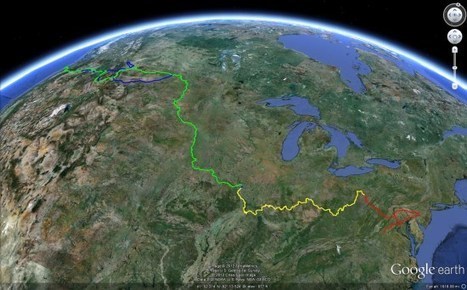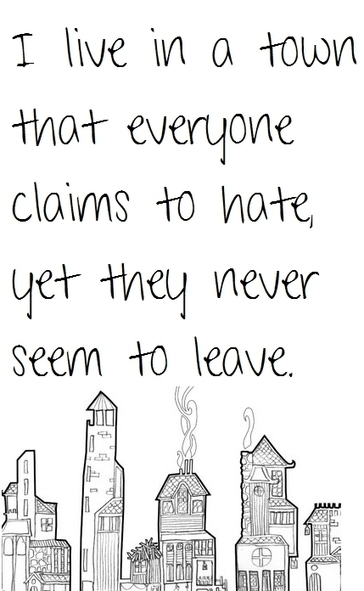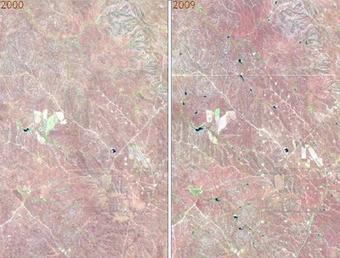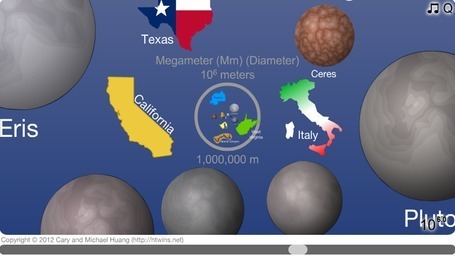Worth exploring...this isn't just a single random link. Geocube is a portal to numerous topics, regions and themes.
Having been voted by the American Association of School Librarians as one of the "Top 25 websites for Teaching and Learning," Geocube comes highly recommended, and rightfully so (see: http://www.ala.org/aasl/guidelinesandstandards/bestlist/bestwebsitestop25?mid=53 ). This is a must-see.



 Your new post is loading...
Your new post is loading...















